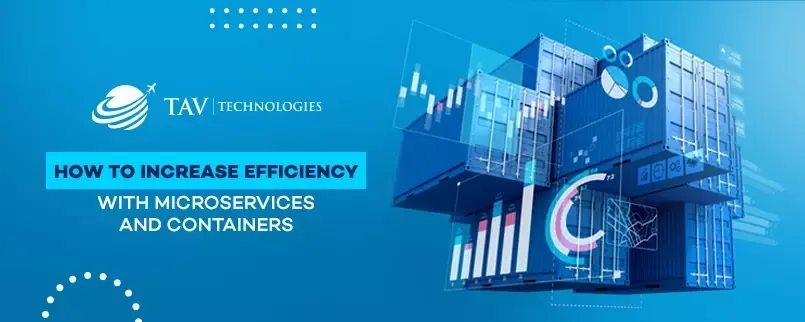
Nov 2022
TAV Technologies follows prominent technology trends to lead airports for efficient operations and smoother passenger journeys. It focuses on advancing the technological capacity of airports and creating modern infrastructure to support the digitalization of airport&passenger operations. In line with these aims, two significant priorities in airport IT management became decreasing costs and increasing efficiency, especially after the pandemic's adverse effects on the aviation industry. Today, with the rise of cloud technologies and concepts such as DevOps and agile methodology, it is inevitable to ignore the transformation of software infrastructures. This transformation can maximize organizations' efficiency in various ways, mainly by suppressing budgets, supporting work-from-anywhere trends, and cutting the time needed to process big data. Container-based architecture emerged as a result of this massive change. The technological research company Gartner assumes that ascending adoption of cloud-native applications and infrastructure will increase container management to over 75% of large enterprises in mature economies by 2024.
What are the Fundamental Software Architecture Patterns?
There are two types of architectures used in software development. These are monolithic architecture and microservice architecture. Monolithic is a traditional software design model that has been used since the origins of software development. A monolithic architecture is a traditional model as a unified unit, self-contained and independent from other applications. On the other hand, microservice is the service-oriented application component that became the preferred method for software development.
Microservices can break an application into independent, loosely-coupled, individually deployable services. Thus, it provides core benefits like flexibility, maintainability, reliability, and agility.
What is Containerization?
Containers are software packages that contain essential elements to run in any environment. The technology behind container-based architecture dates to the late 1990s. They can virtualize the operating systems. Moreover, containers can run anywhere and anytime, from a private data center or test environment to the public cloud. They provide a streamlined way to build, test, deploy, and redeploy applications regardless of the environment. In other words, this modern technology allows developers to work independently from infrastructure. Plus, containers can be moved to another computer without losing package elements.
What Are the Benefits of Microservices & Containers?
Containers are substantial resource allocation and sharing technology that can perform virtualization at the operating system level instead of the hardware layer. They can be accepted as "packaging software" for deployment.
Using container platforms for microservices provides vital advantages as follows:
- Advanced performance with the lightweight structure of containers
- Increased Security with isolation gained with containers
- Low infrastructure requirement
- More consistent operations thanks to containers' increased portability
- Easy usage for the teams with efficiency and observability
How Can Airports Benefit From Containers?
As technology accelerates digital transformation in all sectors, airports are also affected by this rapid change in terms of passenger and airport operations. The aviation industry has recently started to embrace the "smart airport" concept that provides a more satisfactory experience for all airport stakeholders and passengers through technology. Software development infrastructure should also align with current models to support mobility, sustainability, scalability, and agility. Unlike monolithic architecture, microservices can be easily customized. Therefore, airports' needs can be responded to enhance the passenger experience.
Microservices and Containers at TAV Technologies
TAV Technologies leverages the Container and orchestration platforms with Microservices architecture to build a high-performance, scalable, resilient infrastructure on the Total Airport Management Suite (TAMS) platform. TAMS is a central airport operation system to manage all landside and airside processes in a holistic structure. The system covers various solutions such as flight management, airport resource management, capacity planning, commercial management, and ground handling services. TAV Technologies focuses on delivering the right solution for airports by combining industry experience and leading technologies that bring value.You can get in touch with us to learn about our software solutions and IT management services to achieve digital transformation, scale up airport efficiency and elevate the passenger experience.
